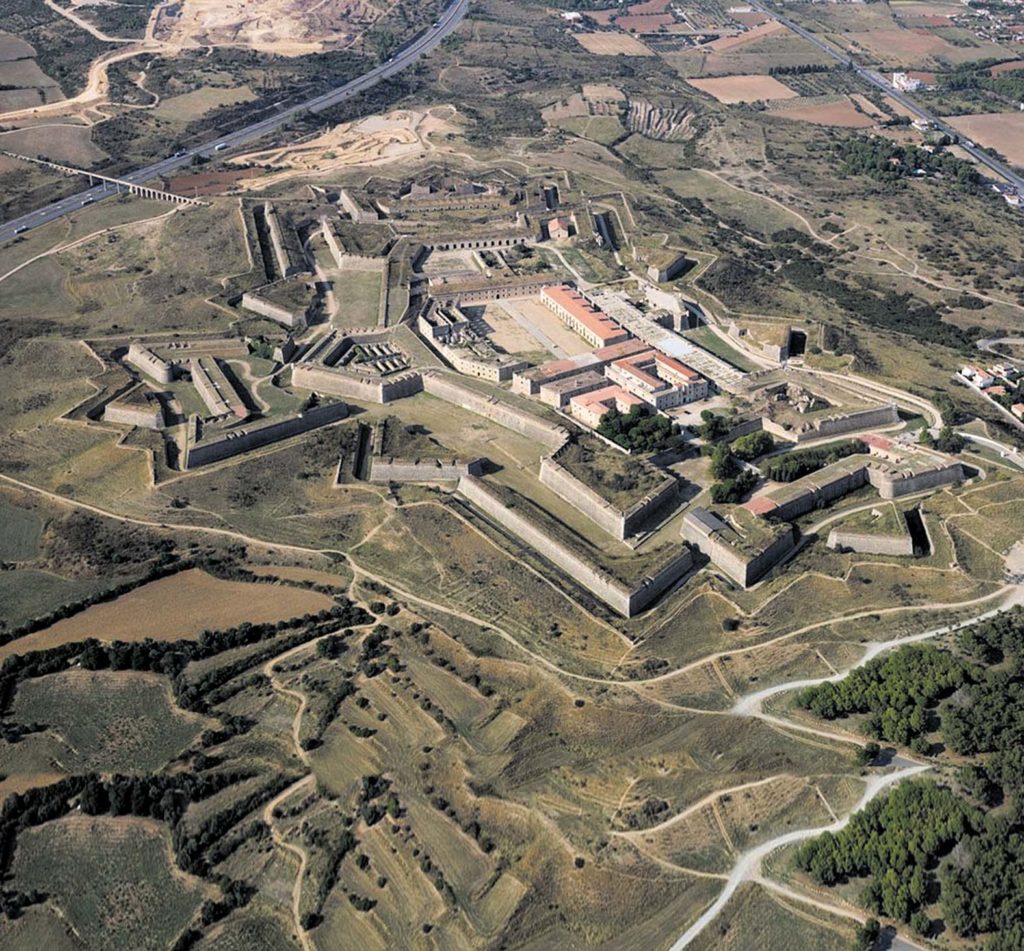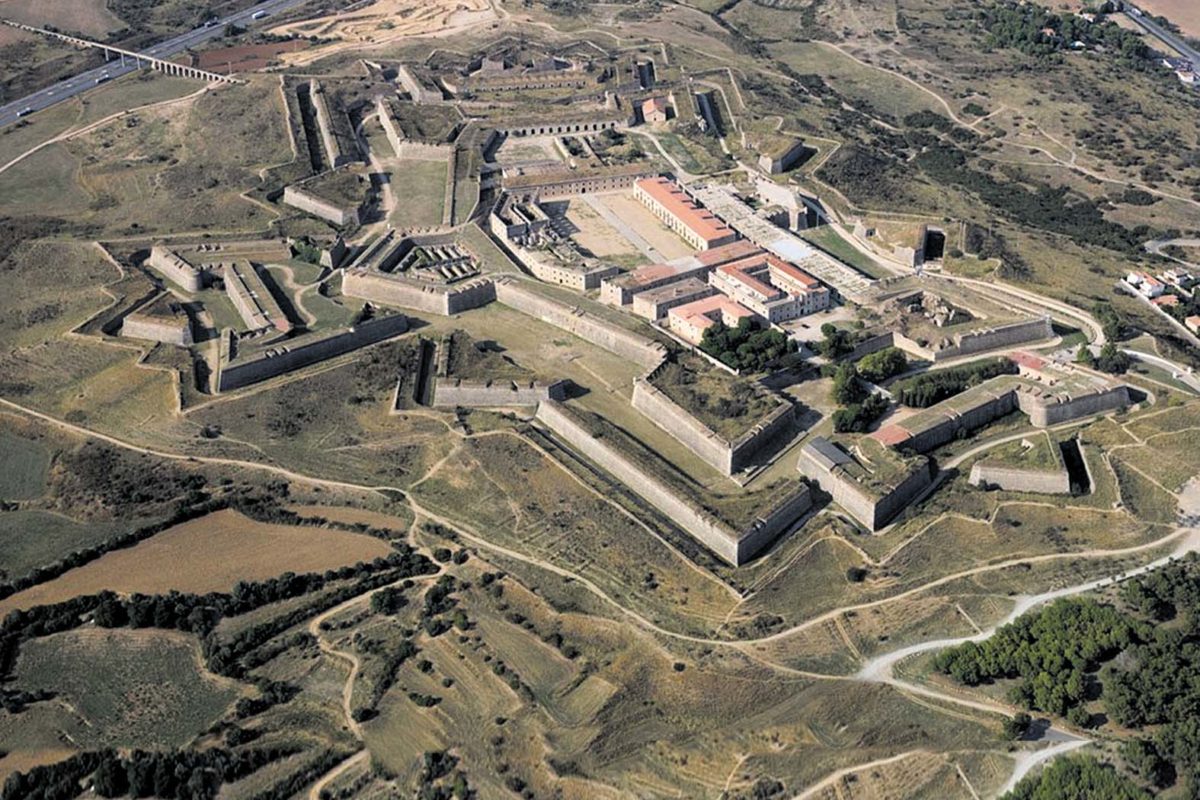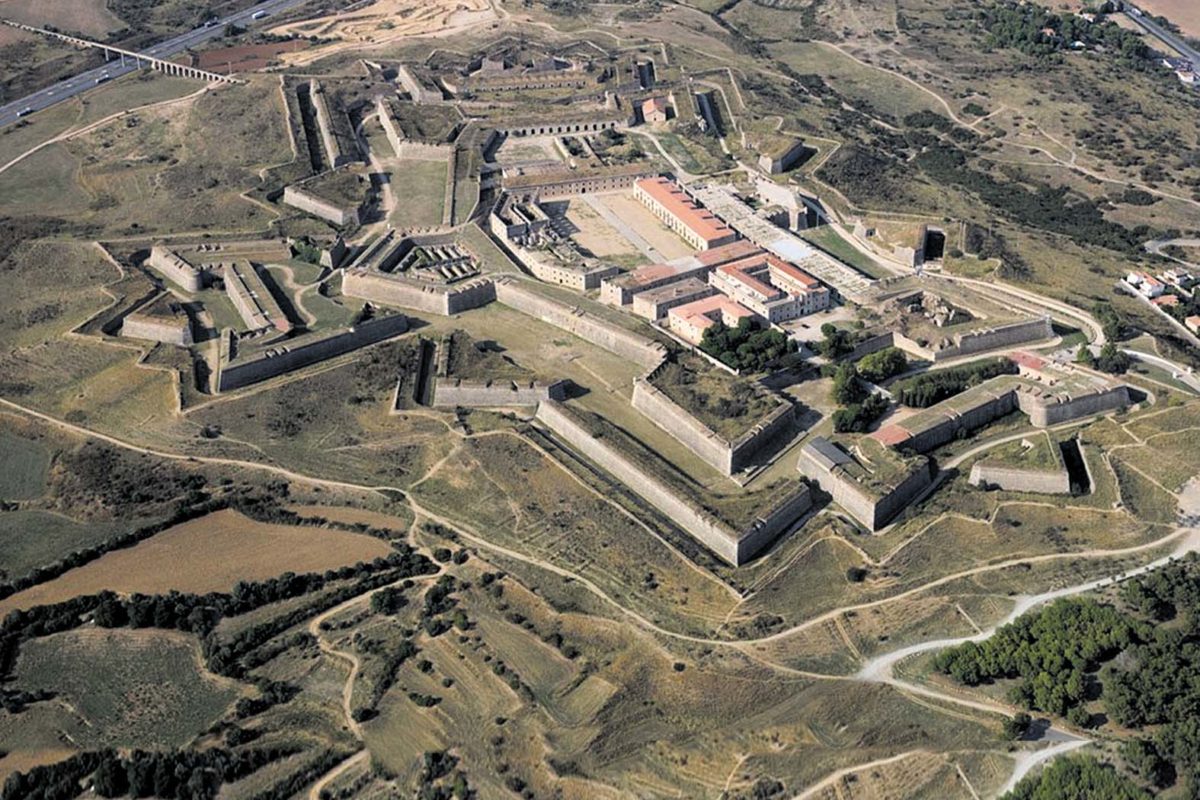San Fernando (Sant Ferran)
The castle, inaugurated in 1766, has had some illustrious involuntary guests. In 1975, the incipient democratic military movement, la Unión Militar Demócratica (UMD) had the audacity to suggest that democratic elections in Spain might not be such a terrible thing, and after careful, objective consideration, four officers were imprisoned in the fortress. Later the tables turned, and it was the most photogenic of the leaders of the coup d’état of February 1981, the Guardia Civil Antonio Tejero Molina, who ended up there after suggesting, pistol in hand in the Spanish parliament, that perhaps democracy and all that might be rushing things just a bit. As the 1992 Olympics took place in Catalonia, the military prison was closed down. We were given a captivating tour of the castle by Captain Pedro Rodriguez Ortega, including a display about all the films shot there, and later given an insight into the role of the castle as a cultural centre by the President of the Friends of the Castle association, Antonio Herrero. The castle is the largest fortress in Europe, built in 1753. Inside there is a monument to Martin Zermeño, treacherously executed by Napoleon’s invading troops when he was sent out to negotiate with them. The French occupied the fort using the old trick of “we only want to invade Portugal, and if we don’t house our soldiers here, they’ll probably rape and pillage in the town.” The castle receives 40,000 visits a year, organizes chess competitions, weddings and other events, and was visited by the location scouts of Game of Thrones, who eventually turned it down. At the end of the 18th century the castle entertained President Estrada, the first President of Cuba, although his stay wasn’t voluntary. During the Civil War, the castle held the last cabinet meeting of the Republican government before it fled into exile, and also housed the art treasures removed from El Prado to protect them from German bombing.



